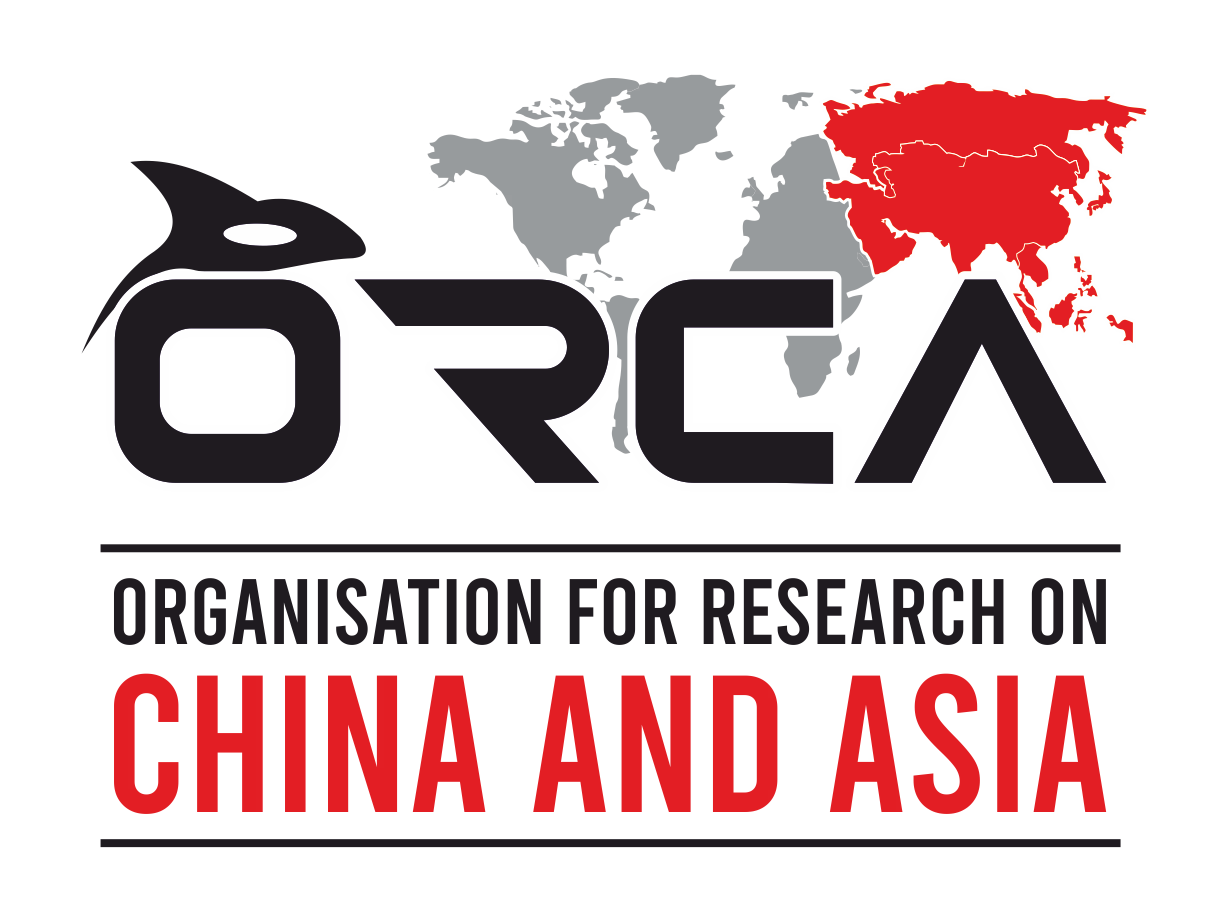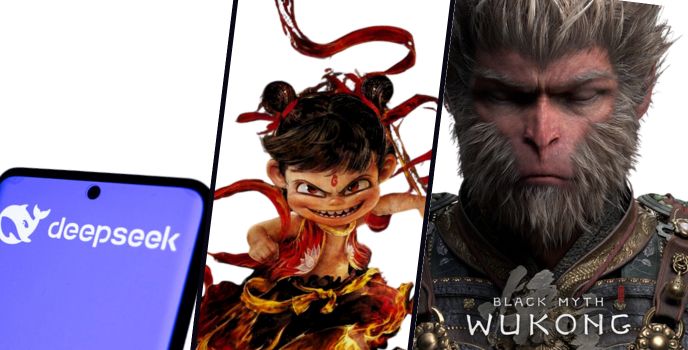The year 2025 may well be remembered as a turning point in the evolution of China’s soft power trajectory for reasons that extend beyond geopolitical ambitions. Within a span of months, three distinctly Chinese cultural and technological phenomena – the global animation hit movie Ne Zha II, the genre defining action game Black Myth: Wukong, and the breakthrough AI platform DeepSeek –captured global attention in ways that reflected the rise of a market-driven soft power approach. Each, in its own domain, demonstrated a unique synthesis of technological innovation and creativity drawing unprecedented global engagement and substantial economic returns. Yet what united these achievements are not state sponsorship or inherent ideological designs, but their emergence from dynamic market forces that are increasingly shaping how China is perceived globally.
For decades, analyses of Chinese soft power have been dominated by a prospective view of whether Beijing could project a favourable national image through economic diplomacy and state-controlled media narratives. Such perspectives, rooted in Joseph Nye’s theoretical framework, tends to treat soft power as an instrument of the state deployed for geopolitical advantage rather than as a tool of meaningful cultural influence. Yet, as scholars such as Ien Ang have argued, cultural influence is most persuasive when it emerges organically from society rather than being orchestrated from above. In this sense, the past twelve months in China’s quest to ace its soft power diplomacy provides a compelling illustration of this distinction. While state-led campaigns to “tell China’s story well” continued to struggle under the weight of political instrumentalism, China’s market-driven cultural industries generated forms of influence that were perceived to be not only more authentic but also more globally resonant.
When Market Innovation Meets State Priorities
The empirical record of 2025 strengthens the argument that China’s most persuasive cultural reach has been produced by market dynamics rather than by state-led messaging. When Ne Zha II earned over 6 billion yuan at the box office, its impact was noted less for nationalist themes than for the quality of its animation and storytelling. The film retold a traditional legend with attention to character conflict, moral dilemma and animation excellence, attracting audiences both domestically and internationally. It did not explicitly promote “Chinese characteristics” and drew international attention through its creativity and technical excellence, a narrative opportunity that the CPC appeared very keen to highlight.
A similar pattern appeared in the gaming industry. Black Myth: Wukong, developed by Hangzhou-based Game Science Studio, became one of the fastest-selling PC games of the decade, selling over 20 million copies within weeks and generating billions in revenue. Its adaptation of “Journey to the West” combined mythic storytelling with cinematic design and high-quality gameplay. While Western reviewers compared it to prominent games such as Elden Ring and God of War, its strongest appeal lay in its revolutionary gameplay format and visual craftmanship layered over a distinctly Chinese identity. Both Ne Zha II and Black Myth: Wukong illustrated that Chinese stories can travel much more effectively when grounded in technical excellence. Despite being rooted in Chinese mythology and history, their appeal extended globally because of the quality of production and the precision of design. This suggests that the market, rather than official campaigns, has become the more effective medium for translating Chinese cultural imagination into global influence.
In technology, the AI platform DeepSeek demonstrated a similar pattern of market-driven influence. The Hangzhou-based company gained international attention with its DeepSeek-R1 model, offering capabilities comparable to leading AI systems and reportedly at a fraction of the cost. Its accessible pricing and open APIs encouraged adoption by developers across multiple regions, creating a user base that extended far beyond China. This also carried a soft-power effect. DeepSeek’s success strengthened China’s claim of technological superiority and made its broader tech ecosystem appear more credible to smaller countries looking for affordable and capable alternatives.
Taken together, these three cases, in cinema, gaming and artificial intelligence, point to a shift in how Chinese influence was largely generated. The most visible and persuasive forms of soft power are increasingly coming from the creative economy and market-driven innovation. Yet, these successes do not exist outside the Party’s ideological project. Each reflects, in different ways, the Party’s broader priorities of promoting technological self-sufficiency, projecting cultural confidence and asserting China’s capacity to compete with, and even surpass, the West on its own terms.
The Future of Innovation-led Soft Power
For years, Beijing has relied on a state-led architecture to project influence abroad. Through the Belt and Road Initiative, Confucius Institutes, overseas media ventures and targeted aid/economic diplomacy, Beijing has sought to extend its reach and shape perceptions of its rise. These initiatives have certainly built visibility and influence, particularly in regions where China’s economic footprint is significant. Yet, they have also exposed a deeper structural flaw. By privileging control and scale of contribution, state-led efforts have often struggled to generate authentic engagement or cross-cultural appeal. Moreover, with greater scrutiny attached, such initiatives have also been counter-productive at times in elevating the overall perception.
The Party’s approach has largely assumed that soft power can be produced through state-led investments abroad and political messaging. However, the most striking cultural successes in the past year tell a different story. Ne Zha II, Black Myth: Wukong, and DeepSeek have achieved positive international resonance that no state-led campaign has matched. More importantly, they have drawn attention due to their quality of imagination and because they have contributed to the larger discourse of innovation in their respective fields, thereby establishing China as an equal, or an even better, contributor than the West .
These experiences also point towards a strategic lesson for states seeking to expand their soft power appeal. For both established and emerging powers, the lesson is to invest in creating conditions that allow innovation to flourish while avoiding excessive state-messaging controls. The Chinese case has effectively demonstrated that visibility and influence are not simply a function of financial investment or political signalling and that soft power flows visibly when it is linked to tangible contributions. The credibility of a country’s soft power therefore will increasingly stem from sectors that add value to innovation and where influence arises organically rather than being designed.



Author
Ratish Mehta
Ratish Mehta is a Senior Research Associate at ORCA. He is the co-editor of the Special Issue on India’s Soft Power Diplomacy in South Asia and serves as the co-lead for the project ‘The Episodes of India-China Exchanges: Modern Bridges and Resonant Connections’, which is rooted in the desire to enhance public consciousness of cross-cultural contributions of both societies. Ratish’s area of interest includes understanding the value of Narratives, Rhetoric and Ideology in State and Non-State interactions, deconstructing political narratives in Global Affairs as well as focusing on India’s Foreign Policy interests in the Global South and South Asia. He was previously associated with The Pranab Mukherjee Foundation and has worked on projects such as Indo-Sino relations, History of the Constituent Assembly of India and the Evolution of its Democratic Institutions. He is also the co-convenor of ORCA's Global Conference on New Sinology (GCNS), which is India's premier dialogue driven China conference. He is an alumnus of Ambedkar University, Delhi.